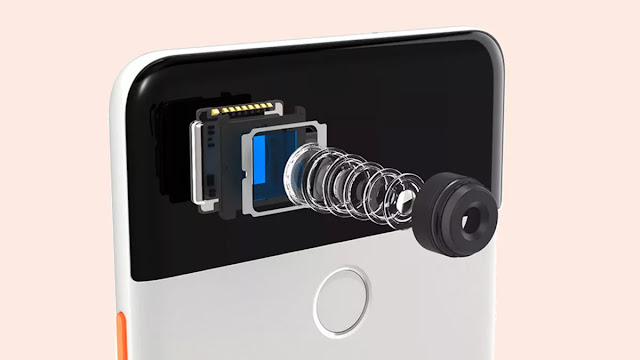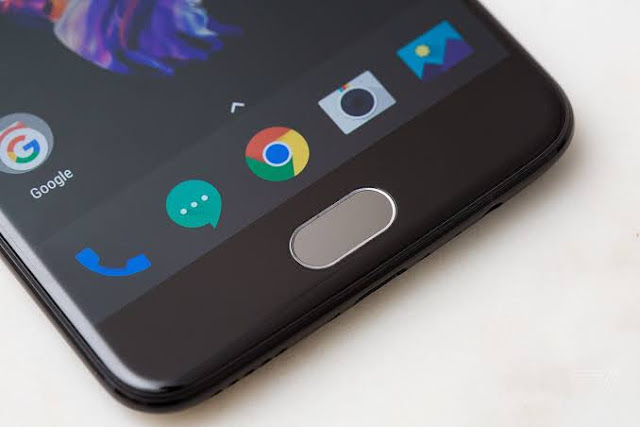Everything you need to know about Smartphone cameras!
Smartphones have become an integral part of our lives. We can do pretty much everything with them. From texting to streaming videos, from playing graphic-intensive online games to clicking studio-quality images. In this post, we're gonna dig deeper and know how cameras on a smartphone actually work.
The Image Sensor:
Every image sensor has a pixel size. The size of a smartphone sensor is typically given as a fraction number in inches (Eg: 1/2.3",1/3.06") If the pixel size is more significant the more amount of light will collect and images will be better in low light conditions. A camera with 1.4-micron pixels captures twice the brightness (per pixel) of one with 1.0-micron pixels, calculated by comparing the difference in total area. Another way of saying this is that the 1.4-micron sensor is one stop brighter.
Aperture:
Camera lenses have Apertures. Aperture is an opening in the glass that lets the light pass through the lens. If the opening of the lens is large, the amount of light that is collected by the lens will be more, and the image will be better in low light conditions.
Example: Let us consider an image sensor in which has an aperture of F/1.9. Here F represents the focal length, and the number after f is the size of the opening in the lens. The bigger the sensor size, the higher the level of brightness in the image captured.
Example: When our eyelids are not completely open, The light that enters our eye is not sufficient to recognise the object in front of us. The same goes for the Aperture.
Stabilisation:
stabilisation is necessary while taking photos or else you'll end up with shaky images and videos.
Stabilisations are of two types:
1) Electronic Image Stabilization (Software based)
2) Optical image stabilisation (Hardware based+ Software Based)
There's no doubt that Optical Image stabilisation is better than Electronic Image Stabilization. This is how it works:

When a shot is clicked in unstable conditions, the OIS gets activated, and the camera lens will move in the direction opposite to the jerk. It thereby balances the Jerk, and you will get a Stable image. Not every smartphone uses OIS as a camera sensor with OIS will be more expensive than the sensor without OIS.
Processing:
Every camera sensor captures RAW information and then the image is processed to the final output image, some of them Sharpen the photos, some make a little bit more noise reduction, and some do less. Some shift towards warmer colours, some shift towards more refreshing colours. Some crank up the saturation and others keep it pretty tame. Some favour a bright exposure, and some keep it a little bit underexposed. The main thing about photos is that they are pretty much subjective so we might have a phone that takes an objectively more accurate picture and another one which makes less reliable but a little bit more pleasing to the eye photos.





This was well explained bruh. Good article on camera. I'm readers will enjoy it.
ReplyDeleteຸ
ReplyDelete